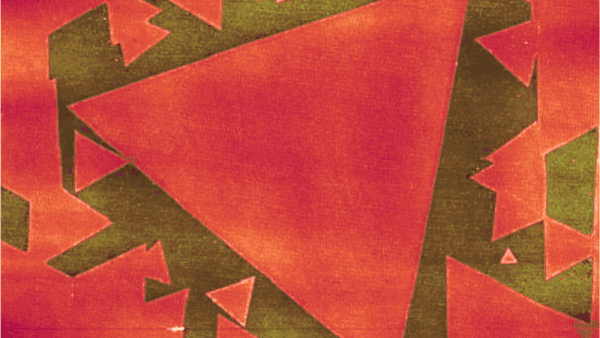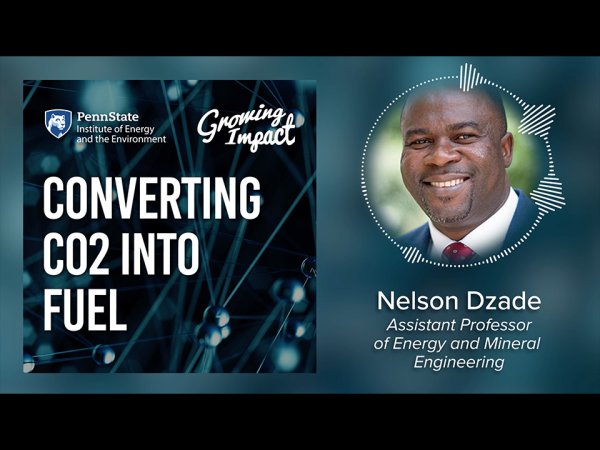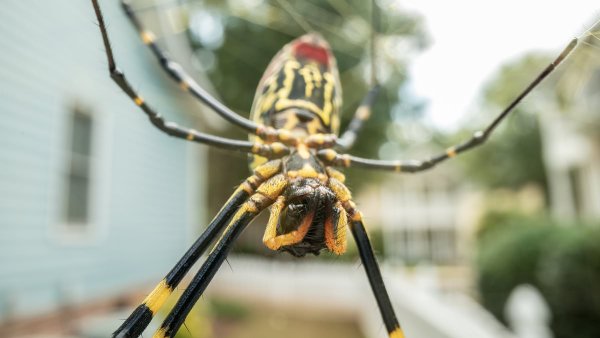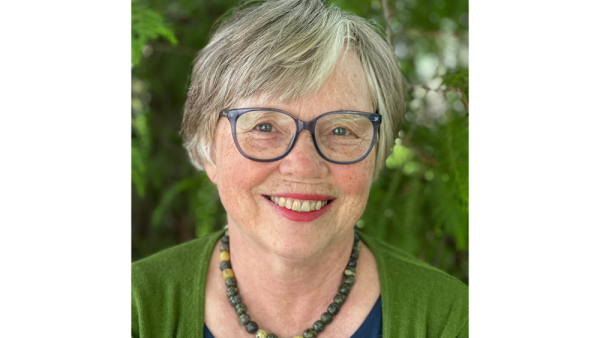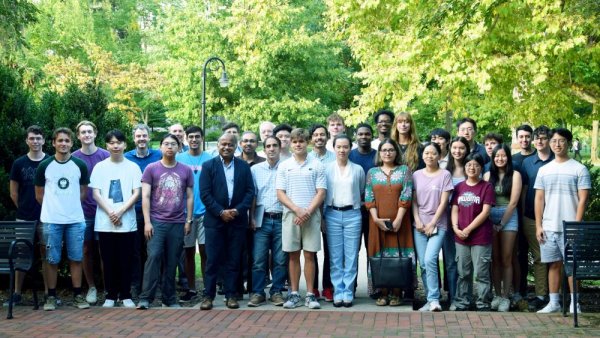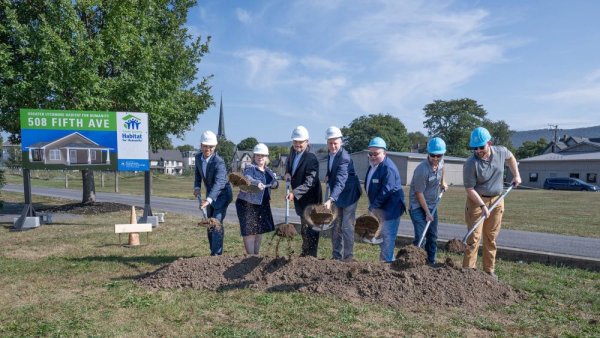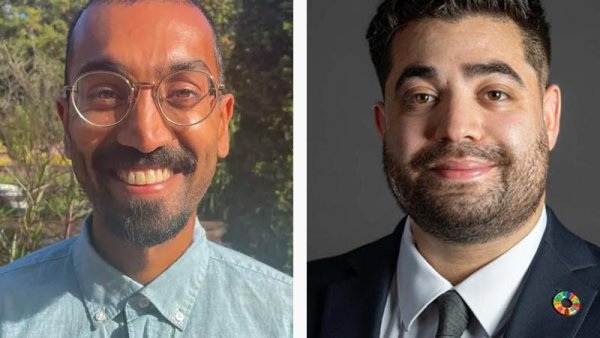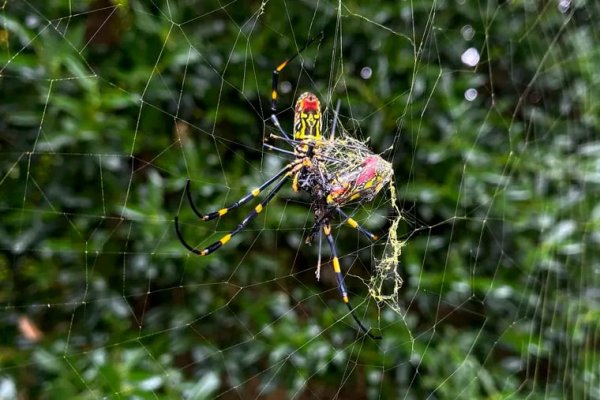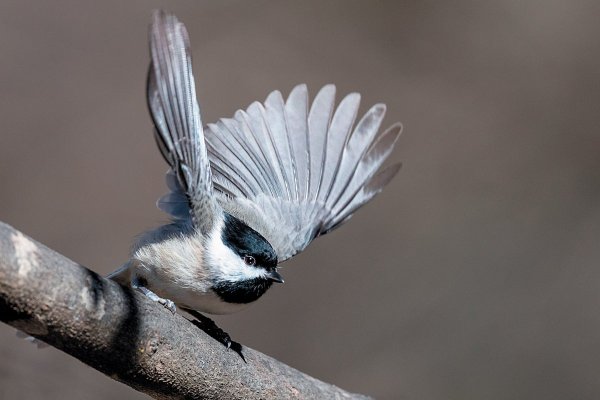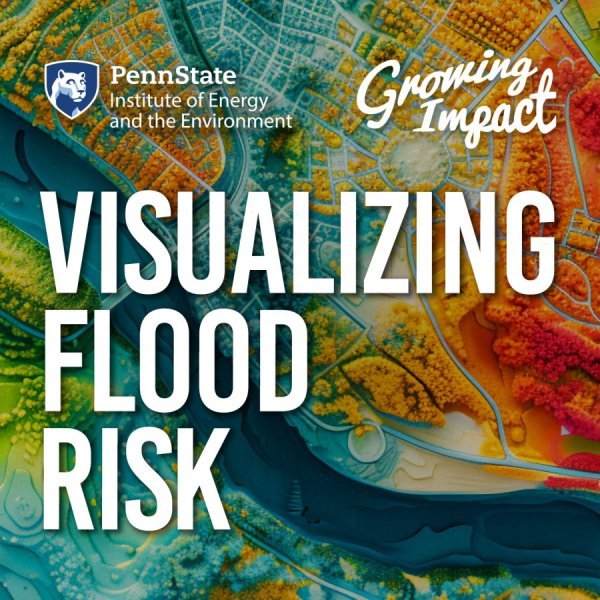Water-free manufacturing approach could help advance 2D electronics integration
| psu.edu
A team of academic and enterprise researchers, co-led by scientists at Penn State, has developed a synthesis process to produce a “rust-resistant” coating with additional properties ideal for creating faster, more durable electronics.
New tool to help decision makers navigate possible futures of the Colorado River
| psu.edu
A new computational tool developed by a research team, led by Penn State scientists, may help decision makers in the Colorado River basin adapt to a complex and uncertain future.
Baltimore, a nexus for government and academic emissions research
| earth.gov
Scientists from U.S. government agencies and regional universities have come together for cooperative research projects, helping to expand environmental monitoring capabilities and improve resident wellbeing across the Baltimore metropolitan region in line with the city’s ambitious climate action plans.
Growing Impact: Converting CO2 into fuel (Preview)
| youtube.com
Episode release date: October 1, 2024. Carbon dioxide (CO2) is abundant and stable, making it difficult to convert into something useful without a lot of energy. Researchers are using advanced computational modeling to find a catalyst that can efficiently transform CO2 into valuable products. This could turn CO2 from a climate issue into a valuable resource.
Wastewater monitoring can detect foodborne illness, researchers find
| psu.edu
First used in the 1940s to monitor for polio, wastewater surveillance proved such a powerful disease monitoring tool that the U.S. Centers for Disease Control and Prevention established the National Wastewater Surveillance System to support SARS-CoV-2 monitoring in September of 2020. Now, a team of scientists from Penn State and the Pennsylvania Department of Health have shown that domestic sewage monitoring is useful for a foodborne pathogen as well.
Huge flying spiders are spotted in Northeast for first time
| dailymail.co.uk
These spiders are not native to the United States, and little is known about what damage they could cause local ecosystems. This article quotes Michael Skvarla, assistant research professor of arthropod identification.
Marker Lectures in Evolutionary Biology set for Oct. 8-9
| psu.edu
Joan Strassmann, Charles Rebstock Professor of Biology in the College of Arts and Sciences at Washington University in St. Louis, will present the Russell E. Marker Lectures in Evolutionary Biology on Oct. 8-9 in Foster Auditorium, Paterno Library, on the Penn State University Park campus.
Undergrads gain access to unique electrical engineering research opportunities
| psu.edu
The Penn State Department of Electrical Engineering has announced the inaugural cohort of students for its new undergraduate research program. The program pairs undergraduate students one-to-one with faculty across the department for the duration of this two-semester, seven-credit program.
Habitat for Humanity breaks ground for Penn College home build
| psu.edu
Pennsylvania College of Technology joined Greater Lycoming Habitat for Humanity on Sept. 19 to break ground at 508 Fifth Ave., where, over the next two years, Penn College students will build a Habitat home on land donated to the organization by the college. By the time it is completed in May 2026, the project will involve students from at least six Penn College programs.
New IEE faculty have strong focus on climate solutions, collaboration
| psu.edu
The Institute of Energy and the Environment has welcomed two new researchers who have a focus interdisciplinary climate research and who will work with the Penn State Climate Consortium.
The invasive Jorō spider has landed in Bucks County, Pa. Here’s what to know about the giant flying arachnid.
| inquirer.com
The invasive giant flying venomous Jorō spider has been found in Bucks County, Pennsylvania. Here's what you need to know. This article quotes Michael Skvarla, assistant research professor of arthropod identification.
Chickadee mate choices can blur species boundaries
| scientificamerican.com
When different chickadee species meet, they sometimes choose each other as mates—with surprising results. This article quotes David Toews, assistant professor of biology.

